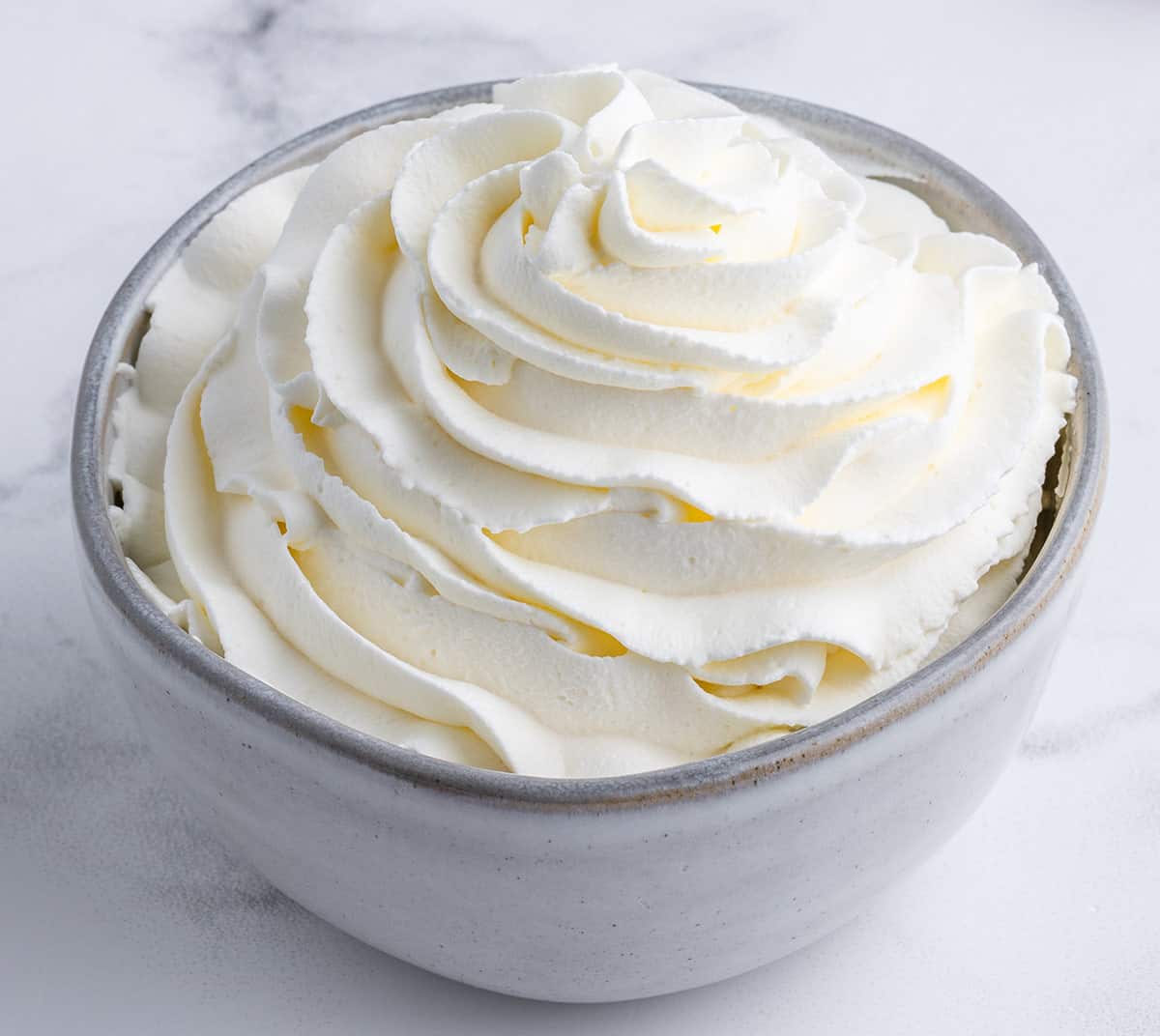Whip cream, with its soft, airy consistency and delicious flavor is an excellent addition to a wide range of desserts. But anyone who’s tried making it at home knows that it will quickly lose the volume of it and end up becoming watery. It is particularly difficult especially if you’re trying to get your desserts to look their best for an extended period of time. Stabilizing whipped cream is the key to maintaining its perfect fluffiness and it’s easier than you think.
The process of creating stable whip cream starts with knowing the basic principles. Whipping cream is simply air bubbles captured in a network of fat droplets that are released from the cream. If you whip the cream, it is incorporating air and it is then trapped by its fat molecules. The structure, however, is fragile and could be easily weakened if handled in a timely manner. The temperature, the fat amount of the cream and the whipping method all play crucial roles in the end result. For best results, always start with cold cream and equipment. The cooler the environment, the better the cream traps air bubbles.
But even the most perfectly-whipped cream is susceptible to melting or weeping especially in warmer conditions or over long periods of time. To prevent this from happening the use of stabilizers is common. One of the most commonly used stabilizers is powdered sugar, with cornstarch as the main ingredient. The cornstarch assists in absorbing excess moisture, thus reducing the possibility of weeping. A different popular stabilizer is gelatin. In the event of its dissolution and cooling, gelatin forms a network in the cream, securing it in position even when it is at the room temperature. In the event that you want something that isn’t animal-based, try agar agar is a type of seaweed that serves the same purpose as gelatin.

Integrating stabilizers like these requires a gentle hand and the correct approach. For powdered sugar and cornstarch the two can be mixed through the stable whipped cream procedure. Gelatin does require an extra amount of care. Gelatin must be mixed with cold water, then it is melted after cooling, and then slowly sprinkled over the cream as it is whipping. It is important to incorporate it in the middle of when the cream is whisked to soft peak; If you add it too quickly, it won’t incorporate well, to late, and the cream could form lumps. Whatever stabilizer you choose, it’s goal is to preserve the airy structure while giving it the strength to last.
Outside of stabilizers there are different ways to make sure the cream you whip stays soft and sturdy. A popular method is to add cream cheese, or mascarpone. They not only add stability due to their own proteins and fats, however they also impart a wonderful taste that may complement the sweet taste of the cream. Another way to make the cream of whipping cream is by doing it in stages, allowing it to cool in the refrigerator after the peaks have softened before beginning to whip it to form stiff tops. This staged approach lets the fat to stabilize around air bubbles and create an even more solid structure.
The way the cream is handled equally important as the ingredient and techniques used to maintain it. Over-whipping can turn your cream to butter, so be sure to watch closely as it reaches rigid peaks. If it’s time to make the cream spreadable or piped use a gentle hand. Rough handling can deflate those air bubbles that you’ve put so much effort to make. Make use of a pipe bag to ensure an even, well-controlled distribution ensure that you spread it out or pipe at a low speed.